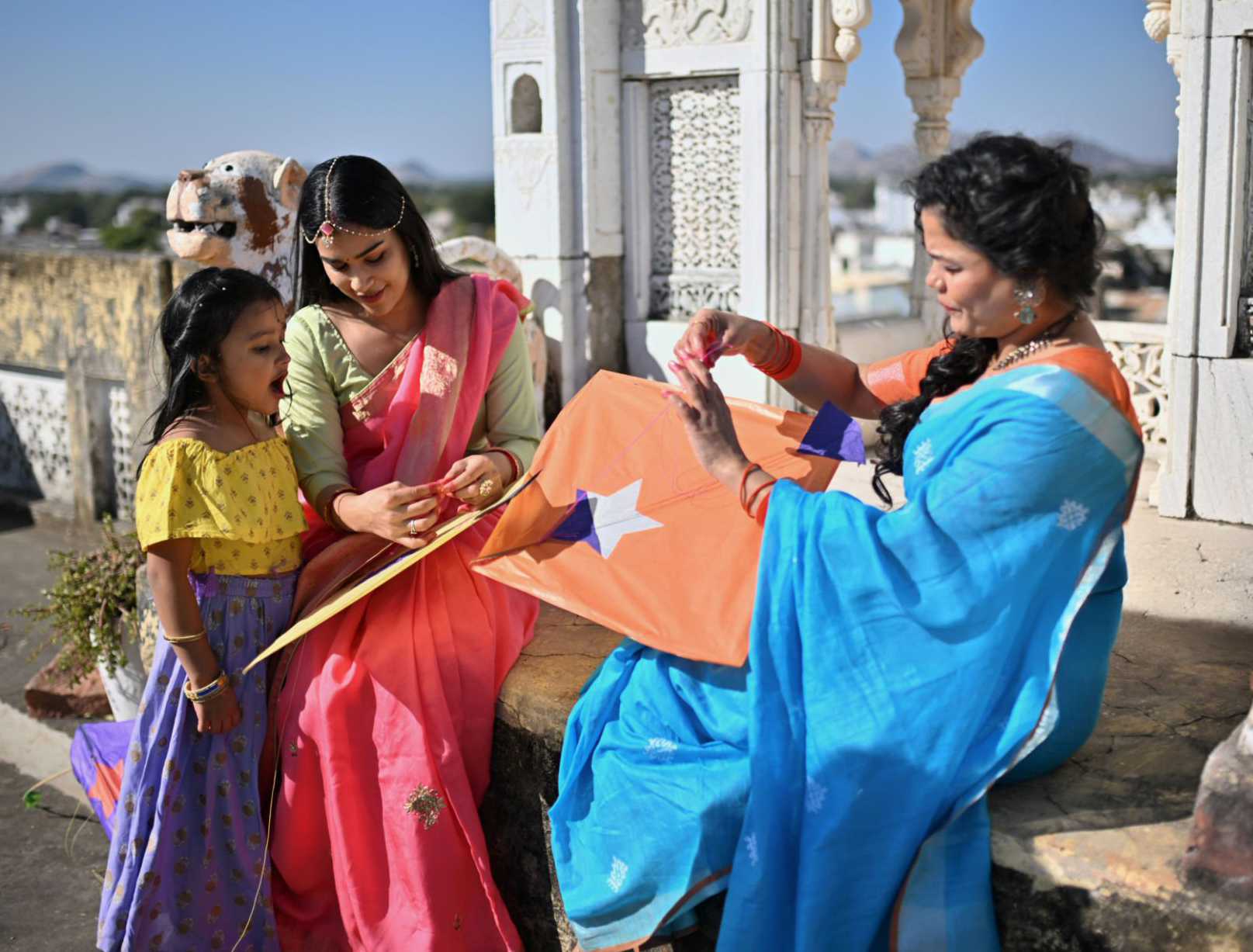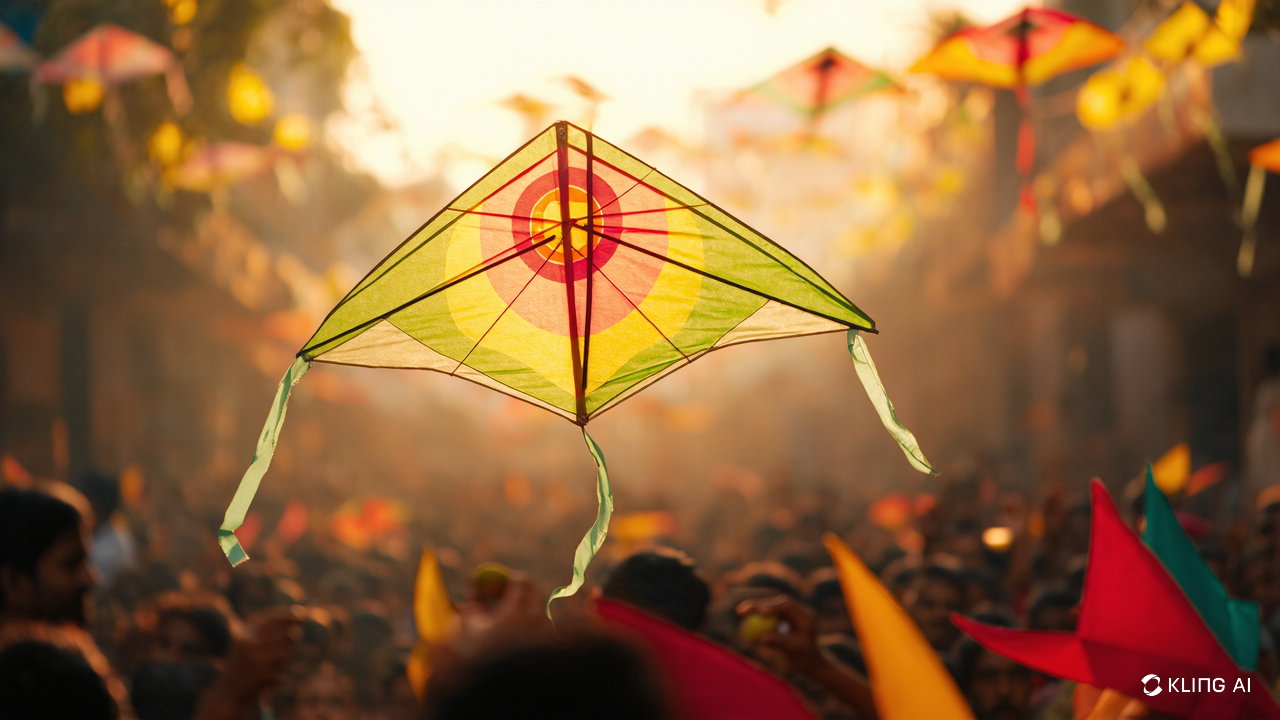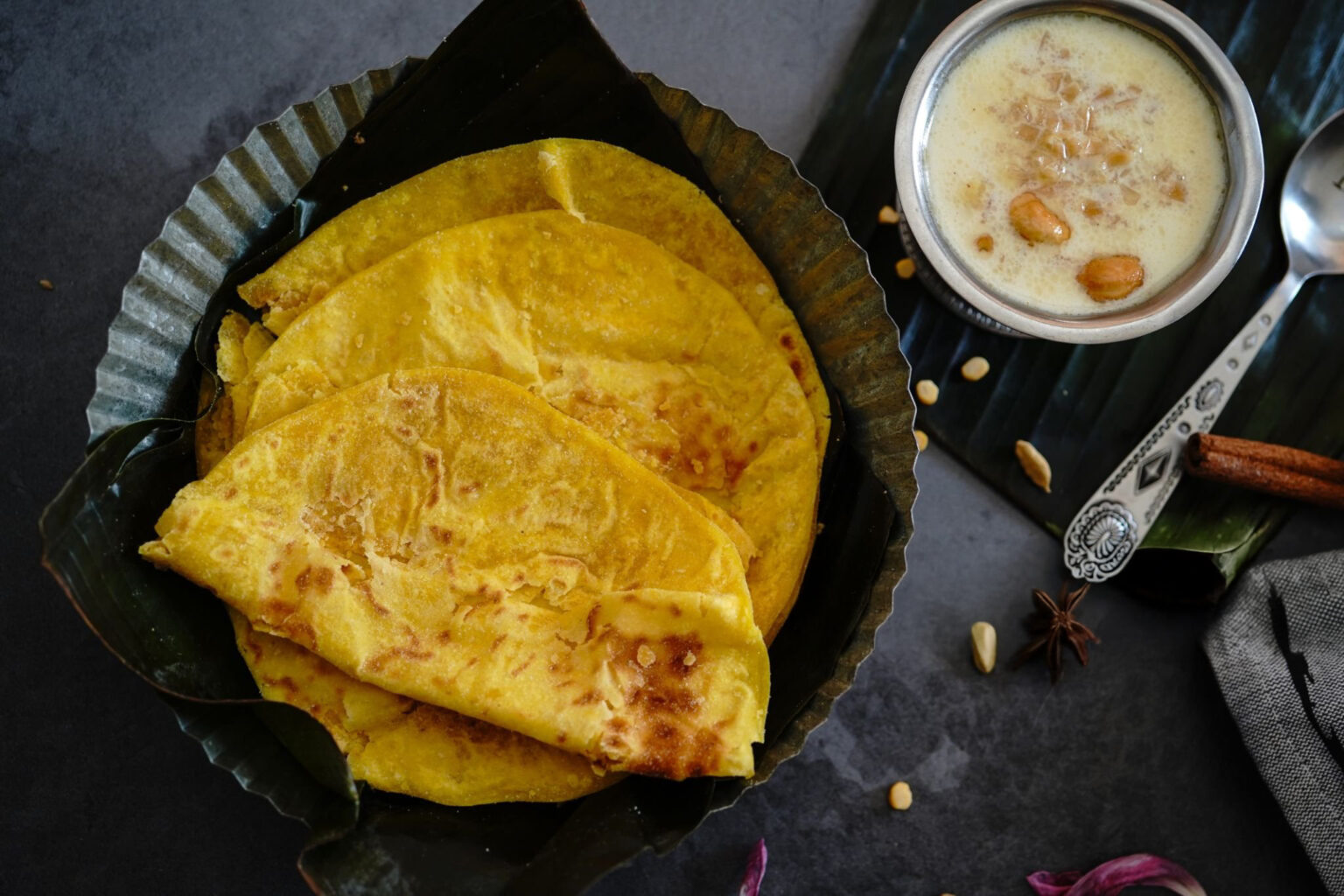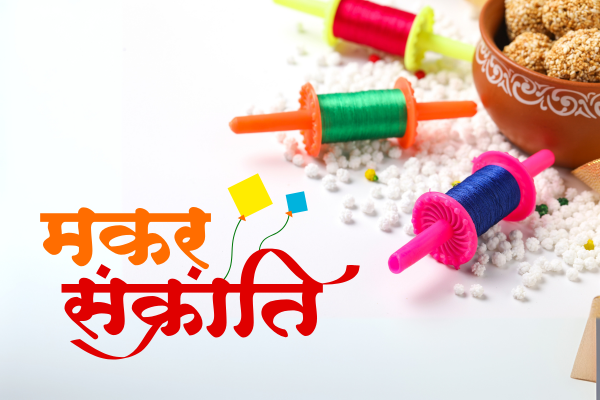
Makar Sankranti is one of the most auspicious and widely celebrated festivals in India, marking the transition of the Sun into the zodiac sign of Capricorn (Makar) and the beginning of the harvest season. While this festival is celebrated in various regions across India, Maharashtra holds a special place in its heart for this festival, as it blends traditional customs with modern-day celebrations. With kite flying, sumptuous food, social gatherings, and acts of charity, Makar Sankranti holds a deep cultural and spiritual significance for Maharashtrians. This festival is a vibrant reflection of gratitude, renewal, and the cyclical nature of life.
Table of Contents
ToggleHistorical Significance of Makar Sankranti
Makar Sankranti is rooted in both astrology and mythology. It marks the sun’s entry into Capricorn, which is believed to bring the end of winter and the start of longer, brighter days. This is known as the “Uttarayan” period, symbolizing the Sun’s northward movement. The festival thus has deep astronomical and astrological importance, and it is believed to be a time when the Sun, revered in Hinduism as the God of Light, offers blessings to the Earth.
The festival is celebrated to honor Lord Surya (the Sun God) and signifies the victory of light over darkness, good over evil, and the triumph of warmth and prosperity over the cold winter days.

In the Hindu calendar, Makar Sankranti is considered a time for new beginnings, renewal, and fresh starts. It also marks the conclusion of the month-long winter solstice and the beginning of the harvest season.
Makar Sankranti’s significance is also tied to several mythological stories. In the Bhagavata Purana, it is said that on Makar Sankranti, Lord Surya visits his son Shani (Saturn) in the sign of Capricorn, and together, they bless the Earth with abundance. According to another myth, the day is linked to the end of Lord Vishnu’s defeat of the demon King Bali, where the sun’s rays are said to reach the underworld, bringing light to the darkness of Bali’s reign.
Makar Sankranti’s association with agriculture and the harvest is another key aspect of its history. The festival marks the first harvest of the year, specifically the harvest of the rabi crop. Farmers, who rely on the seasons for their livelihoods, offer thanks for the fruits of the land, and the festival is a reminder of the deep connection between people and nature.
The Importance of Makar Sankranti in Maharashtra

While Makar Sankranti is celebrated across India, Maharashtra’s unique way of celebrating this festival stands out for its distinct customs, rituals, and cultural expressions. The festival is viewed not only as an agricultural celebration but also as a community gathering and a time to foster social bonds.
In Maharashtra, Makar Sankranti is a time for community spirit, familial gatherings, and acts of charity. The region’s people, known for their hospitality and warmth, come together to share meals, offer prayers, and exchange goodwill. Whether it’s the mesmerizing sight of kites soaring high in the sky or the delight of enjoying traditional Maharashtrian delicacies, the festival embodies joy and the spirit of unity.
Key Customs and Practices of Makar Sankranti
Makar Sankranti is celebrated in Maharashtra through a blend of rituals, customs, and joyous events that showcase the festive spirit. Here’s a look at the essential practices associated with this festival:
Kite Flying
One of the most iconic features of Makar Sankranti in Maharashtra is kite flying. The festival is popularly known as the “Kite Festival” in many parts of the state. On this day, the skies are filled with colorful kites of all shapes and sizes, flying high above in joyous competitions. People of all ages gather in open spaces, rooftops, and fields to participate in the activity.
Kite flying is symbolic of the victory of light over darkness, with the soaring kites representing the ascension of the sun into the northern hemisphere.

The festival fosters a sense of community, with neighbors, friends, and families competing to cut each other’s kites in a friendly battle. The sound of cheers and laughter fills the air, creating a festive atmosphere. The competition and thrill of kite flying add to the excitement and energy of Makar Sankranti.

Traditional Foods: Puran Poli, Tilgul, and Sweets
Food plays an integral role in Makar Sankranti celebrations, and no festival is complete without special sweets and dishes. In Maharashtra, the most iconic food prepared during this festival is Puran Poli. This is a traditional Maharashtrian sweet flatbread stuffed with a mixture of jaggery and chana dal (split chickpeas), flavored with cardamom and other spices. It is often served with ghee (clarified butter) to enhance its taste and aroma.
Tilgul (a mixture of sesame seeds and jaggery) is another essential food item consumed during Makar Sankranti. The exchange of tilgul sweets is a popular tradition, symbolizing warmth and sweetness. The act of sharing these sweets is believed to help in maintaining good relationships with others. The message passed along with these sweets is, “Tilgul ghya, god god bola” (Take tilgul and speak sweetly), which emphasizes kindness and harmony in relationships.
Other special sweets like Til Ladu (sesame seed laddus) and khichdi (a rice and lentil dish) are also prepared in many households. These dishes symbolize the harvest and are made from ingredients that are abundant during this season, such as sesame seeds, jaggery, and lentils.

Charity and Social Giving
One of the most important aspects of Makar Sankranti is the practice of charity. On this day, it is believed that giving to the less fortunate will bring blessings and good fortune. People donate various items, including food, clothes, and other essentials, to the poor and needy. The act of giving is seen as purifying the soul and ensuring a fresh start in the new season.
Many temples and community organizations also organize charitable events on this day, distributing food and clothing to the underprivileged. The emphasis on charity during Makar Sankranti is a reflection of the values of generosity, kindness, and community support that are cherished in Maharashtrian culture.
Taking a Holy Dip
In some parts of Maharashtra, people visit sacred rivers, lakes, or water bodies to take a holy dip on Makar Sankranti. The most famous pilgrimage spots for this ritual are Nashik and Trimbakeshwar. Taking a dip in the holy waters is believed to purify the body and soul, cleanse one’s sins, and bring prosperity for the year ahead.
The ritual of taking a holy dip is a symbolic act of renewal, shedding the past and stepping into a new phase of life. It is a way of spiritually connecting with nature and the divine, offering gratitude for the blessings of the past year and seeking blessings for the future.
Rituals and Prayers
On Makar Sankranti, prayers are offered to Lord Surya (the Sun God), who is believed to bring warmth, light, and vitality. People clean their homes, adorn them with rangolis (decorative patterns), and light lamps to welcome the Sun God into their lives. Some families organize pujas (rituals) to honor Lord Surya and seek his blessings for health, prosperity, and success in the coming year.
Homes are also decorated with sugarcane, which is another symbol of the harvest. This signifies abundance, prosperity, and happiness, and is believed to bring good fortune. Many people also offer fruits, flowers, and other items to the Sun God as part of the ritual.

Community Events and Fairs
In many rural and urban areas of Maharashtra, Makar Sankranti is celebrated with vibrant community fairs and cultural programs. These fairs showcase traditional dance forms, folk music, and local crafts. People gather to participate in these lively events, share stories, and bond over the shared experience of the festival. In some places, you may also find performances of Lavani and Dholki, two popular traditional dance and music forms of Maharashtra.
Public gatherings and processions are common during the festival, with people coming together to celebrate the unity of society and the importance of community bonds. These gatherings also serve as a reminder of the collective joy and unity that Makar Sankranti brings to people’s lives.
The Spirit of Makar Sankranti
Makar Sankranti is not just a festival; it is a celebration of life, nature, and community. It marks the transition of the sun into Capricorn, signaling the arrival of brighter and warmer days. The festival holds profound spiritual, cultural, and agricultural significance, especially in Maharashtra, where people celebrate it with immense joy and enthusiasm.
The practices and traditions observed during Makar Sankranti, from kite flying to the sharing of sweets, the giving of charity to the offering of prayers, reflect the values of renewal, community, and gratitude. It is a time to come together, celebrate prosperity, and offer thanks for the harvest and the blessings of life. Makar Sankranti serves as a reminder of the cyclical nature of existence and encourages us to embrace new beginnings, cleanse ourselves spiritually, and foster kindness and generosity in our lives.
Through its rich traditions and vibrant celebrations, Makar Sankranti continues to be a festival that unites people, fosters goodwill, and reinforces the timeless values of love, light, and hope.

